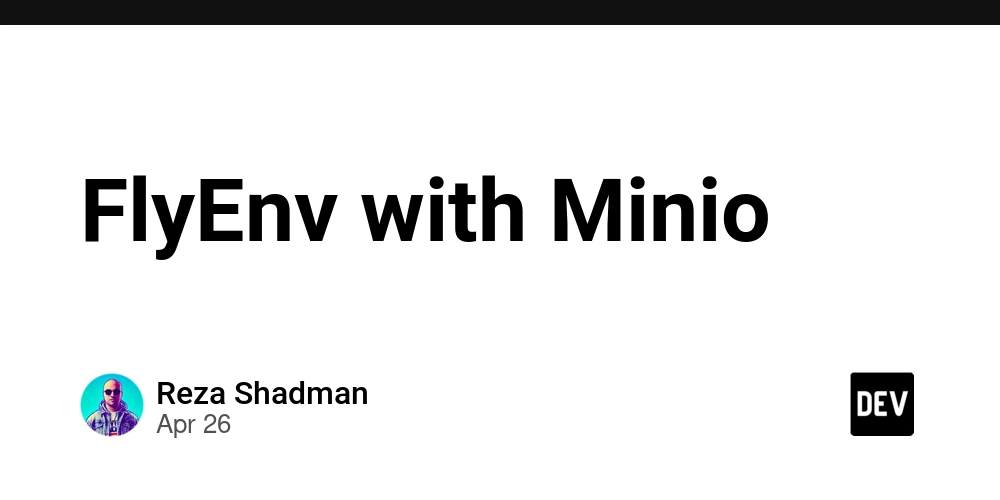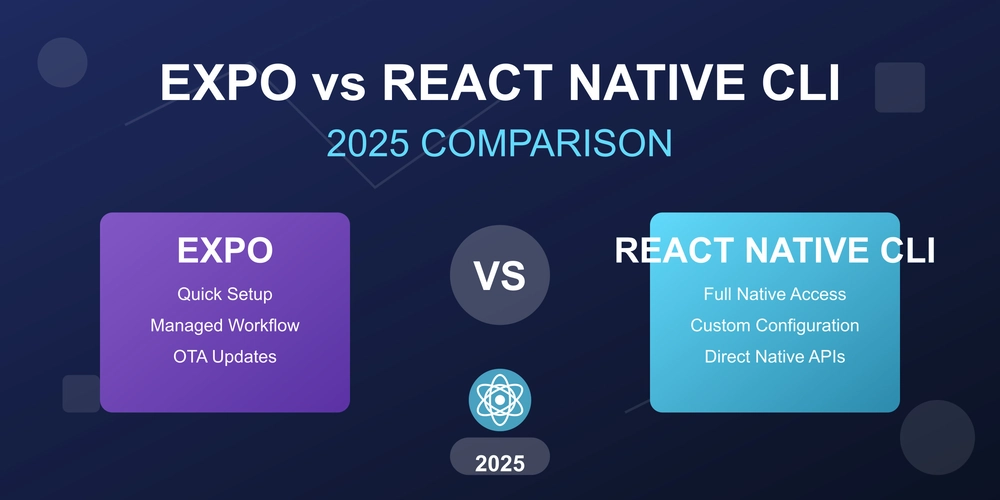
Install PostgreSQL on Windows 11: The Data Engineer's Guide (WSL2)
Want to set up a professional data engineering environment on your Windows 11 machine? This guide shows you how to install PostgreSQL on Windows 11 using WSL2 (Windows Subsystem for Linux), combining the best of both worlds: Windows' user-friendliness and Linux's robust development capabilities. Learn to set up PostgreSQL for data engineering using WSL2.
Why Use WSL2 for PostgreSQL?
- Production-like environment: Mimic your production server's environment for more accurate testing.
- Better performance: Linux often outperforms Windows for database tasks.
- Fewer compatibility issues: Avoid potential conflicts with Windows-specific software.
This guide provides a step-by-step approach to setting up PostgreSQL inside a Linux environment on Windows 11. This is a crucial skill for any aspiring data engineer or analyst.
Prerequisites: Getting Ready for PostgreSQL
Before you begin, make sure you have the following:
- Windows 11: Home or Pro edition.
- Virtualization Enabled: Check your BIOS/UEFI settings.
- Admin Access: Required for installing software.
- Internet Connection: For downloading packages.
- Time: Allocate 15-20 minutes.
Step 1: Enable WSL2 and Install Ubuntu 22.04
WSL2 allows you to run a Linux distribution directly within Windows. Here’s how to get started:
- Open PowerShell as Administrator.
- Run the following command:
- Explore other distributions (optional):
Need more help? Refer to the official Microsoft WSL installation guide.
Step 2: Install PostgreSQL and pgAdmin on Windows
This step provides a GUI-based tool to manage PostgreSQL.
- Download the PostgreSQL Installer: Go to PostgreSQL Downloads for Windows.
- Run the Installer:
- Click "Next" and choose an installation directory (default is fine).
- Keep the default components selected (PostgreSQL Server, pgAdmin, StackBuilder, Command Line Tools).
- Set a strong password for the
postgressuperuser. Remember this password! - Keep the default port number (5432).
- Keep the default locale.
- pgAdmin Setup:
- Open pgAdmin after installation.
- Set a Master Password for pgAdmin.
- Log in to your server using the username "postgres" and the password you set during installation.
Step 3: Install PostgreSQL Inside WSL Ubuntu
Now, let's install PostgreSQL within your WSL Ubuntu environment for command-line access and a production-like setup. Make sure you have completed step 1 first.
- Update Package Lists:
- Install PostgreSQL:
- Verify Installation: You should see the PostgreSQL version number.
- Start PostgreSQL Service:
- Check Status:
- Create a PostgreSQL User Matching Your WSL Username:
- Setup .bashrc to Default to Your User and Postgres DB
- Add the following lines to the end of the file, replacing 'your_wsl_username' with your actual username:
- Save and close the file (Ctrl+X, Y, Enter).
- Apply the changes:
- Now you can simply type
psqlin the terminal to access the PostgreSQL CLI.
- Configure PostgreSQL to Allow External Connections (For pgAdmin):
- Find the line
"#listen_addresses = 'localhost'"and change it to remove the#at the beginning and set the value to'*'.listen_addresses = '*'
- Find the line
- Update pg_hba.conf for External Authentication:
- Add the following line to the bottom:
host all all 0.0.0.0/0 md5
- Add the following line to the bottom:
- Restart PostgreSQL:
- Find WSL IP Address:
- From Windows PowerShell or CMD:
- Note the IP address (e.g., 172.27.94.100). You'll use this in pgAdmin.
Step 4: Add a Connection in pgAdmin on Windows
Connect pgAdmin on Windows to your PostgreSQL server running inside WSL.
- Open pgAdmin.
- Add New Server.
- In the "General" tab:
- Name: "WSL PostgreSQL"
- In the "Connection" tab:
- Host: (The IP address you found in Step 3, e.g., 172.27.94.100)
- Port: 5432
- Maintenance DB: postgres
- Username: your_wsl_username
- Password: Your PostgreSQL user password
- Check "Save Password"
- Click "Save"
Step 5: Connect from WSL and Prepare for Windows Tools
Verify your setup by connecting to PostgreSQL from within WSL.
- Connect to PostgreSQL as the postgres user:
- Create a test database:
Next Steps in Your Data Engineering Journey
Congratulations! You've successfully installed PostgreSQL on Windows 11 using WSL2. This setup provides a solid foundation for data engineering tasks.
In our next article, you'll learn how to:
- Configure DBeaver as your PostgreSQL GUI client
- Set up database users and permissions
- Create your first data engineering project schema
Don't wait for the "perfect" moment. Start building your data engineering skills today!























